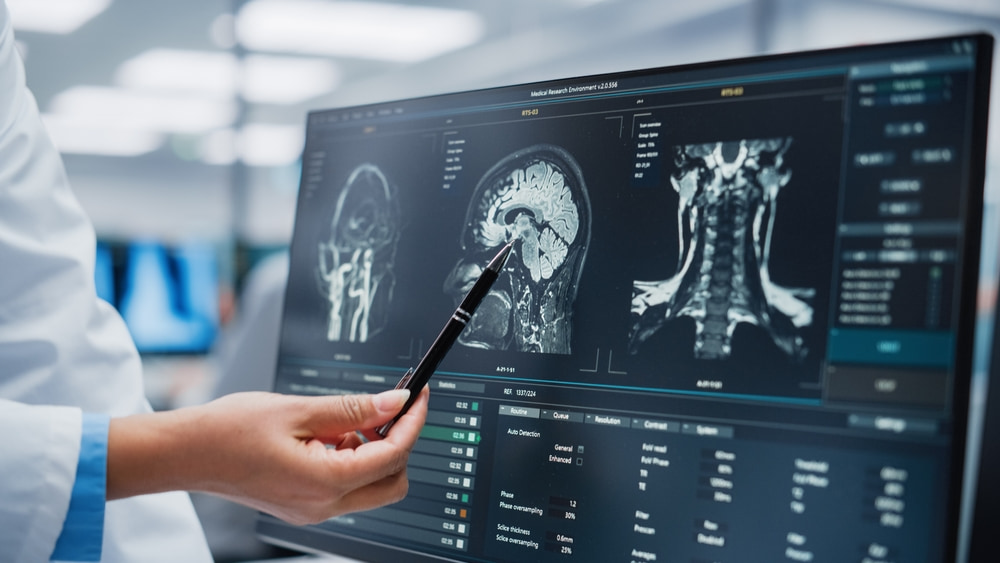
AI models have evolved dramatically in their capabilities, but the journey from general-purpose algorithms to specialized tools that excel in niche domains involves a critical process: supervised fine-tuning. From autonomous vehicles and financial services to satellite imagery and medical AI, supervised fine-tuning represents the bridge between raw computational power and contextual understanding, allowing models to grasp domain-specific terminology, identify specialized patterns, and generate content that adheres to industry protocols. The technique leverages human expertise to guide machine learning systems toward more precise, reliable, and domain-relevant performance.
Supervised Fine Tuning (SFT), Explained
Supervised fine-tuning is a machine learning technique that adapts pre-trained models to perform specific tasks by training them on labeled examples. Unlike training a model from scratch, SFT starts with a model that has already learned general patterns from vast amounts of data and refines that knowledge for specialized applications. The essence of supervised fine-tuning lies in its guided approach. Human experts provide labeled examples showing the desired input-output relationships, and the model adjusts its parameters to align with these examples. This human-in-the-loop approach ensures the model captures not just statistical patterns but also domain-specific nuances that might be missed by purely algorithmic approaches. Across industries, SFT enables models to understand complex relationships—whether recognizing objects in satellite imagery, processing financial documents, or optimizing e-commerce recommendations—capabilities that general models typically lack without specialized training.How Does Supervised Fine-Tuning Work?
Supervised fine-tuning follows a structured process that transforms general-purpose models into specialized tools. Each step builds upon the previous one, creating a pipeline that progressively refines the model’s capabilities to meet specific domain requirements.Preparation of Data
The foundation of effective supervised fine-tuning lies in high-quality, domain-specific data. This step involves collecting, cleaning, and annotating data that represents the target task. For autonomous vehicles, this might include annotated traffic scenarios; for financial services, curated transaction datasets; for satellite imagery, labeled geographic features. Data preparation also involves ensuring representativeness and balance—the dataset should cover the full spectrum of scenarios the model will encounter in real-world use. The quality of annotations is particularly crucial, requiring domain experts to provide accurate labels.Pre-trained Model Selection
Choosing the right foundation model significantly impacts fine-tuning success. This selection depends on the target task, available computational resources, and the characteristics of the pre-trained models. Developers must evaluate models based on their architecture, size, pre-training datasets, and demonstrated capabilities in similar domains. The model’s architecture should align with the target task—transformer-based models excel at text generation and understanding, while convolutional neural networks (CNNs) might be more appropriate for image analysis in satellite imagery or autonomous vehicle applications.Fine-tuning the Selected Model
The core of SFT involves exposing the pre-trained model to labeled examples from the target domain and adjusting its parameters to minimize prediction errors. This process typically uses a lower learning rate than initial training to preserve general knowledge while incorporating domain-specific insights. The process carefully balances retaining the model’s broad capabilities while specializing its performance for specific industry contexts, whether financial fraud detection, product recommendation, or traffic pattern recognition.Validation and Hyperparameter Tuning
Fine-tuning involves numerous technical decisions about learning rates, batch sizes, training duration, and optimization strategies. Validation helps identify the optimal configuration of these hyperparameters to maximize performance on the target task without overfitting to the training data. This step typically involves experimenting with different configurations and evaluating performance on a separate validation dataset using domain-relevant metrics that go beyond simple statistical measures.Evaluating and Testing of Newly Trained Model
The final step assesses the fine-tuned model’s performance on previously unseen data that reflects real-world use cases. This evaluation should measure technical metrics and practical utility in the target domain, ensuring the model meets technical benchmarks and practical industry requirements before deployment.What are the Different Types of Supervised Fine-Tuning?
Supervised fine-tuning encompasses various approaches, each offering different tradeoffs between computational efficiency, performance, and adaptability. The choice of approach depends on available resources, the complexity of the target task, and the characteristics of the pre-trained model.| Fine-Tuning Type | What Gets Updated | Computational Requirements | Performance Potential | Best For | Example Use Cases |
| Full Model Fine-Tuning | All model parameters | High – requires substantial resources and large datasets | Highest – maximum flexibility and adaptation capability | Complex, specialized tasks requiring deep domain knowledge | Autonomous vehicle navigation, comprehensive financial analysis, advanced NLP systems |
| Feature-Based Fine-Tuning | Only new task-specific layers (pre-trained model frozen) | Low – significantly fewer resources needed | Good – effective for many applications while preserving general knowledge | Tasks with limited data or computational constraints | Satellite imagery classification, product categorization, basic document analysis |
| Layer-Wise Fine-Tuning | Selected layers (typically later layers) | Moderate – balanced resource requirements | High – strong performance with efficient resource use | Applications needing specialized adaptation while retaining foundational knowledge | Industry-specific language models, specialized image recognition, domain-adapted recommendation systems |
